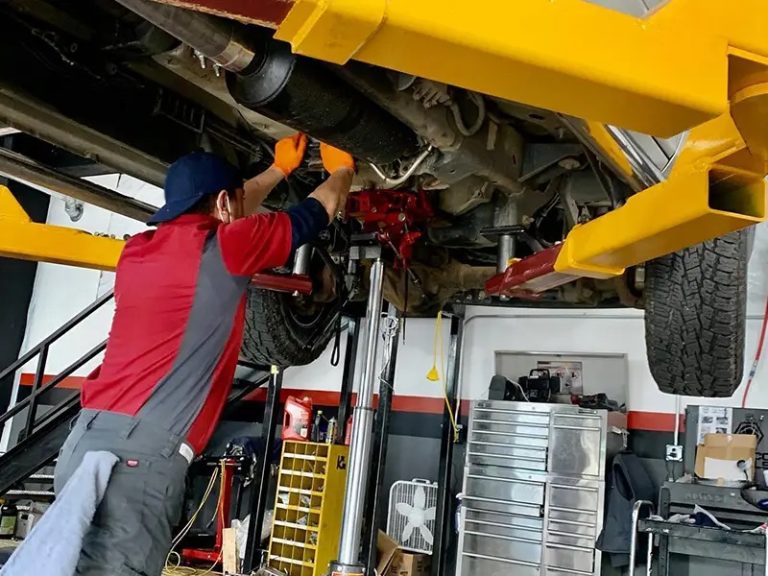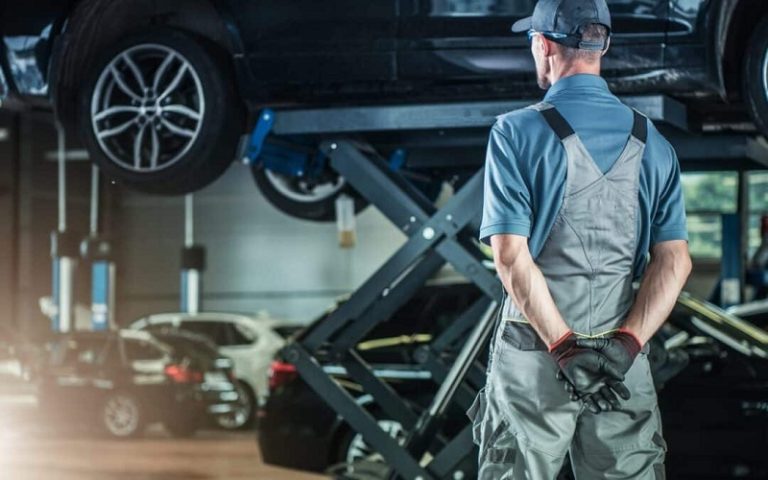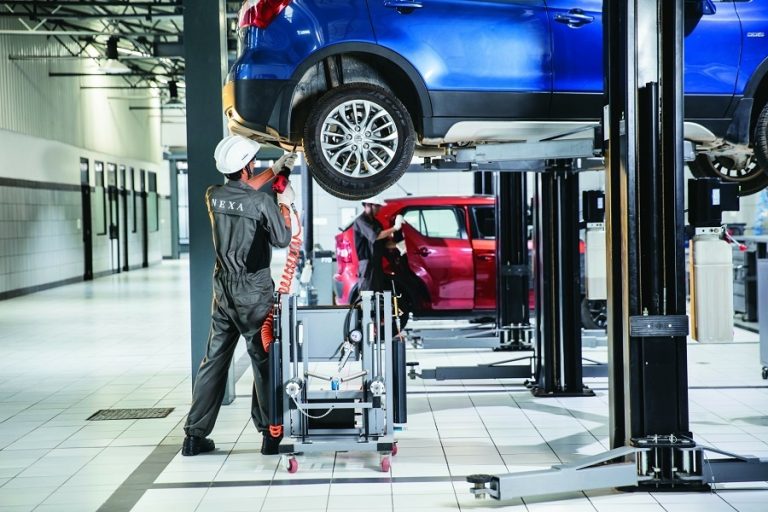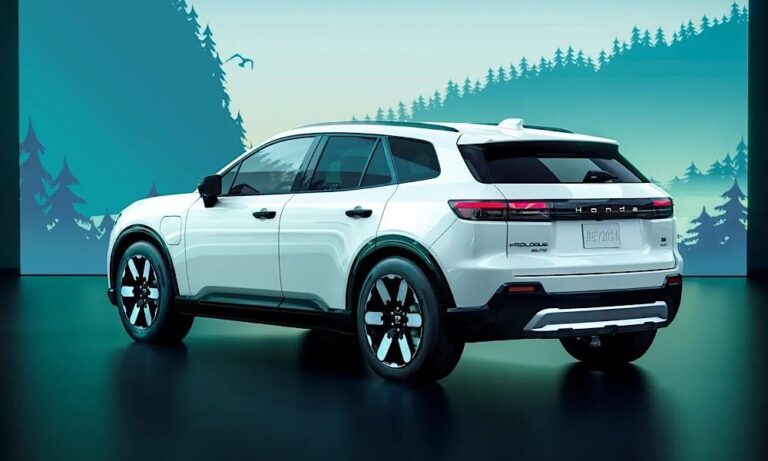The fusion of automotive culture and anime fandom has given rise to a striking new trend: Gundam car decals. These eye-catching, intricately designed wraps and stickers bring the world of iconic giant robots from the Gundam series right onto your vehicle’s exterior, turning ordinary cars into moving works of art that showcase passion and personality.
Whether you’re a die-hard Gundam fan or simply want to add a unique flair to your vehicle, this comprehensive guide will walk you through everything you need to know about Gundam car decals — from design inspiration and application tips to where to find quality vinyl and how to maintain your custom look for the long haul.
Why Choose Gundam Car Decals?
Gundam is a legendary Japanese anime franchise that has captured the imagination of millions worldwide since its debut in 1979. Known for its futuristic mecha robots, complex storylines, and visually stunning designs, Gundam’s appeal crosses generations and cultures.
Incorporating Gundam imagery into car decals is a brilliant way for fans to express their love for the series while enhancing the aesthetics of their vehicles. Here are some reasons why Gundam car decals have become so popular:
- Unique Personalization: Unlike typical decals or wraps, Gundam-themed designs are highly distinctive, often featuring sharp lines, futuristic shapes, and bold colors inspired by the series.
- Pop Culture Statement: Displaying Gundam artwork on your car connects you with a global community of anime enthusiasts and mecha lovers.
- Versatile Design Options: From full-body wraps that cover every inch of your vehicle to subtle, small decals placed on windows or bumpers, Gundam car decals come in a variety of styles to suit any taste.
- High-Quality Vinyl Options: Modern vinyl materials are durable, weather-resistant, and can even protect your vehicle’s paint underneath the wrap.
Popular Gundam Car Decal Themes
If you’re considering Gundam car decals, it helps to know some of the popular themes and designs within the Gundam universe that are commonly used for vehicle customization:
1. Mobile Suit Profiles
The most common decals feature the silhouettes or detailed line art of famous mobile suits like the RX-78-2 Gundam, Zaku II, or the iconic Wing Gundam. These designs highlight the mecha’s distinctive shapes, weapons, or cockpit views, often accompanied by stylized text or model numbers.
2. Pilot Emblems and Logos
Another popular option is to use the emblems or insignias associated with the various factions and pilots in the series. These might include the Earth Federation logo, Zeon crests, or emblems worn by characters such as Amuro Ray or Char Aznable.
3. Mecha Parts and Details
Some decals focus on close-up mechanical details — armor plating, joint components, or weapon systems — giving your car a high-tech, industrial look reminiscent of the Gundam’s inner workings.
4. Anime Scenes and Characters
For fans who want something more elaborate, full-color decals featuring action scenes, characters, or dramatic poses can turn your vehicle into a rolling tribute to the Gundam saga.
5. Custom Text and Slogans
Pairing Gundam imagery with Japanese kanji, series catchphrases, or even personalized text allows for creative customization and storytelling through your car’s decals.
How to Select the Perfect Gundam Car Decal
Choosing the right Gundam decal for your vehicle involves balancing design preferences with practical considerations:
Vehicle Type and Size
- Compact cars may benefit from smaller decals or partial wraps that accentuate curves without overwhelming the vehicle.
- Trucks, SUVs, or vans offer larger canvases that allow for more expansive, intricate designs.
- Motorcycles can sport decals on fuel tanks, fairings, or helmets for a coordinated look.
Color Compatibility
Matching decal colors with your car’s paint enhances visual harmony. Bold reds, blues, and whites work well on neutral vehicles, while monochrome or metallic-themed decals suit darker or custom-painted rides.
Placement and Visibility
Think about where the decals will be most visible and impactful: side doors, rear windows, bumpers, or hood areas. Consider the flow of your vehicle’s lines and curves to ensure the decal complements, rather than clashes with, the overall look.
Material Quality
Premium vinyl materials are crucial for durability, weather resistance, and ease of application. Look for brands offering UV protection and scratch-resistant coatings to keep your Gundam decals looking fresh for years.
Step-by-Step Guide to Applying Gundam Car Decals

Applying decals yourself can be satisfying but requires patience and precision. Here’s a simplified process to help you get started:
1. Prepare Your Vehicle Surface
- Thoroughly wash and dry your car to remove dirt, grease, and wax.
- Use rubbing alcohol to clean the area where the decal will go for better adhesion.
- Avoid direct sunlight or extreme temperatures during application.
2. Plan Your Placement
- Position the decal without removing the backing to visualize placement.
- Use masking tape to hold it in place and mark guidelines with a non-permanent marker if necessary.
3. Peel and Stick
- Carefully peel off the backing paper, avoiding touching the adhesive side.
- Starting from one edge, apply the decal slowly, smoothing it out with a squeegee or credit card to eliminate air bubbles.
4. Remove Transfer Tape
- Slowly peel off the transfer tape at a sharp angle, ensuring the decal stays firmly adhered to the car’s surface.
5. Final Touches
- Smooth out any remaining bubbles with a pin or needle by gently puncturing and pressing the air out.
- Allow the decal to set and cure as recommended by the manufacturer (usually 24-48 hours).
Maintaining Your Gundam Car Decals
To keep your Gundam car decals vibrant and intact:
- Wash your vehicle gently by hand rather than using automatic car washes.
- Avoid abrasive cleaning agents and tools.
- Park in shaded areas to minimize UV damage.
- Inspect decals regularly and repair minor peeling or damage promptly.
Where to Find Quality Gundam Car Decals
Finding high-quality Gundam car decals can be challenging given the specificity and licensing involved. However, many specialty vinyl wrap shops and online retailers offer licensed or fan-made designs. Look for:
- Custom wrap specialists who can print your own Gundam artwork on premium vinyl.
- Online marketplaces dedicated to anime and automotive customization.
- Forums and fan communities where enthusiasts share and trade decal designs.
If you want a professional, long-lasting application, consider partnering with a trusted vehicle wrap provider who understands both car wrapping techniques and anime-inspired design aesthetics.
Why 10kwraps.com Stands Out for Gundam Wraps
When seeking out top-tier vehicle wraps and decals, 10kwraps.com has built a solid reputation by offering a wide selection of themed wraps, including custom anime designs. Their combination of quality vinyl materials, expert installation, and personalized customer service makes them a go-to source for anyone looking to showcase their fandom on the road.
Inspiring Examples of Gundam Car Decals in Action
The internet is full of impressive Gundam car decal projects, from subtle shoulder insignias on compact cars to full-body colorful wraps on sports cars and trucks. Many fans share their builds on social media platforms like Instagram and TikTok, showcasing creative ways to bring these giant robots to life in the automotive world.
Some highlight unique techniques such as:
- Partial wraps combining metallic vinyl and matte finishes to mimic Gundam armor plating.
- Layered decals that create a 3D effect resembling the mobile suits’ mechanical details.
- Interactive designs incorporating LED accents and paint to enhance the futuristic vibe.
These examples demonstrate that Gundam car decals aren’t just stickers — they’re a form of wearable art that turns your vehicle into a storytelling canvas.
Wrapping Up: Why Gundam Car Decals Are Worth It
For fans of mecha anime and vehicle customization alike, Gundam car decals offer an extraordinary way to blend passion with style. They allow you to transform your ride into a personalized tribute that commands attention and expresses your individuality.
By choosing the right design, using quality materials, and applying decals carefully, you can enjoy a stunning look that lasts and impresses. Whether you want a subtle nod to your favorite series or a bold, full-scale anime wrap, Gundam decals provide endless possibilities.
As interest grows in the intersection of anime culture and automotive art, expect to see more innovative designs and customization options hitting the streets. If you’re ready to bring the spirit of Gundam to your car, now is the perfect time to explore the options and make your vehicle a moving masterpiece.











